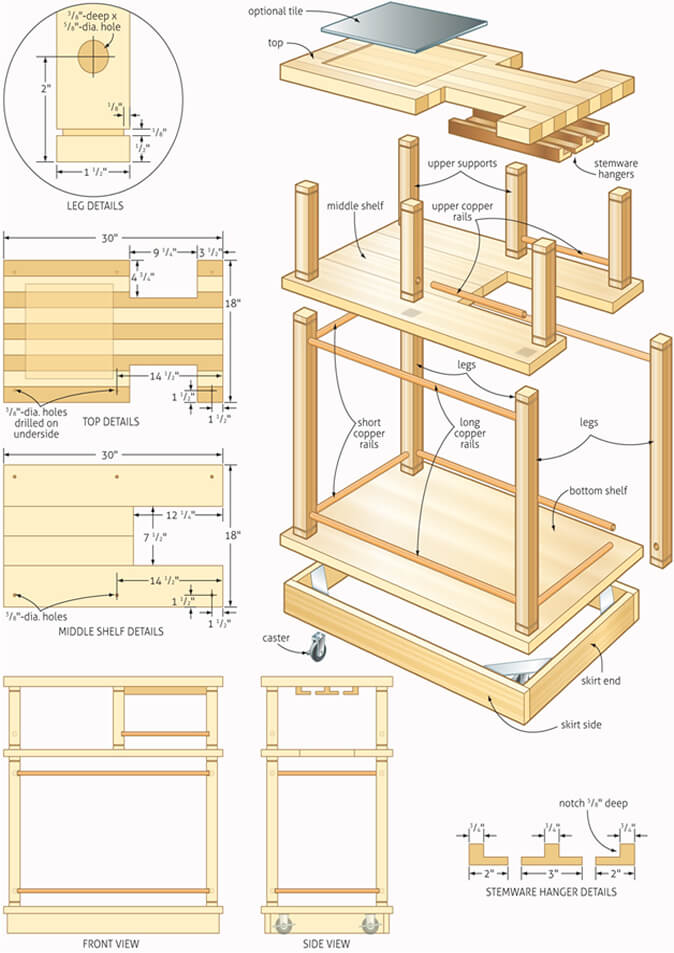Although your water may look transparent when you look at it, there are tons of microscopic minerals – some picked up as the water moves from the ground into your home and others used during water treatment.
While these microscopic components – calcium, chlorine, and magnesium – aren’t necessarily harmful to your body, they also don’t provide any nutritional benefits. Even worse, these tiny pieces – which form hard water – can wreak havoc with your appliances, your cleaning habits, and even your bathing.
Keep reading to learn how to remove calcium from water. Once water gets treated to remove these impurities, your water classifies as soft. We’ll also explain the differences between soft and hard water. Then we’ll look at some issues you may experience if your water system has hard water.
Soft vs. Hard Water
Classifying water as hard or soft does not have any reference to the liquid’s physical state. In fact, you can’t tell from sight (and rarely from the taste) if water is hard or soft. However, soft water can sometimes have a salty taste due to its sodium content. And some hard water can have an odd taste, depending on the mineral content.
But there are some signs that your water system creates hard water compared to soft water – which is preferred.
When water falls from the sky – rain – or when it’s in the ocean, it’s pure soft water, meaning it has a low mineral count. But as the water travels over or underground, it picks up traces of minerals – magnesium and calcium.
Soft water has a mineral content of no more than 17 milligrams per liter. But to classify as hard water, the liquid content must have a mineral content higher than 17 milligrams per liter.
- Slightly hard – 17 – 60 milligrams/liter
- Moderately hard – 60 to 120 milligrams/liter
- Hard – 120 to 180 milligrams/liter
- Very hard – 180 milligrams+/liter
Problems Caused By Hard Water
There are numerous issues caused by hard water. The most significant problem that arises from water with a high mineral content is damage to your appliances and plumbing system. Water heaters, washing machines, and dishwashers can wear down faster due to high hard water content.
- Damages pipes
The minerals in hard water typically leave behind a residue. As the water evaporates, it leaves behind these tiny components. Over time, this sediment can build up to form – limescale. This chalky residue can restrict water flow through your system, resulting in pipes that rust or burst. You can even experience lower water pressure.
- Chalky buildup
You may also experience this chalky buildup on your dishes, sinks, faucets, and glassware. It won’t matter if you use a dishwasher or wash it by hand; your dishes can still experience white spots – a buildup of mineral deposits and soap.
- Hygiene
Hard water also affects the performance and ability of soap. If you’re noticing that your soap isn’t developing a thick lather while you’re showering, or if your hair doesn’t feel like it’s clean after you’ve washed it, you likely have hard water.
You may also notice your skin covered with a layer of white residue. Hard water can also be to blame for skin or hair that’s dried out. You may even experience itchy, irritated skin and minor to significant hair loss. Hard water can also be to blame for dull hair.
- Damages clothes
If you’re noticing that your clothes are fading in color, wearing out faster, or there are stains that you can’t get out during a stain-treatment wash, you’ve probably got hard water. Rather than cleaning your clothes, hard water can stain your clothing, leave behind mineral deposits to form holes or tears, or your clothes can end up feeling rough and stiff.
Why Remove Calcium from Water?
Hard water can cause your appliances to wear down faster, requiring expensive repairs or replacements. In addition, high calcium in your water can lead to buildup that damages your plumbing and makes cleaning a nightmare.
As calcium builds up on metal surfaces like your faucets, it can cause premature rusting. And when it forms a scum ring around your bathtub, you can feel grimy every time you get in.
And calcium can even mess up your ability to get things thoroughly cleaned. For example, the buildup and hard water can cause your clothes to stain and leave a white chalky buildup on your skin after showering. And your skin and hair can get dried out and irritated.
How to Remove Calcium From Water
Luckily, it’s not that difficult to remove calcium from your water. We’ve collected five simple methods that will remove calcium and other microscopic minerals from your water. Removing minerals (hardening ions) from the water makes it soft.
Use A Water Filter
Many people rely on water filters to purify the water to remove minerals like calcium. For example, you can choose an activated carbon filter to absorb and trap various impurities, including calcium, chlorine, and heavy metals.
The best choice is an ion exchange filter, a handy, technologically advanced device. Some people use these filters in-home water purifier systems. But there are also small filters that you can attach to your faucets and taps. Unfortunately, most systems will require installation, and you’ll have to replace the filters regularly as they get worn down with use.
These filters have beads and resins inside that bond with the magnesium and calcium ions (positively charged) in the water to exchange potassium and sodium. We mentioned earlier that soft water could taste saltier – it’s due to these exchanged minerals.
However, if someone in the household is at risk for kidney disease, this potassium content could pose potential dangers. Installing a reverse osmosis unit is an excellent way to get rid of all the ions in the water – including potassium and sodium.
If you’re looking for a way to remove calcium from your water to make the water purified for drinking purposes, a filter is one of the best methods.
But depending on the type of filtration system you install, there may not be any benefits that soften the water in your plumbing, appliances, or showers.
Chemical Treatment
Chemical treatments to remove calcium from water are more often employed at large-scale locations and facilities. With this method, chemicals (calcium hydroxide – lime soda or slaked lime) increase the pH of the hard water supply.
A higher pH causes the magnesium and calcium salts to precipitate, which fall out of the water as it’s run through an industrial filtration system.
There are also ways to use chemical treatments to remove the calcium from the water in your home. But be aware that any water treated with chemicals should not be used for drinking.
The main reason to use chemical treatments in your home is to preserve your home’s drain, plumbing, and appliances from the dangers of hard water.
If you choose this method, you have to use extreme care to ensure you get the precipitated mineral salts out of the water. The right filter is crucial to remove these particles from your water once it’s treated.
Water Softeners
Water softeners are a standard method used to soften their water to remove traces of calcium, chlorine, and magnesium. You can find these products readily available for daily home use.
This method of removing calcium from water uses a mid-scale ion-exchange filtration that you can attach to the taps supplying your appliances – a washing machine or dishwasher. There are also softener systems that you can connect to your faucets and drinking water purifiers.
Multiple salt-free softeners won’t remove the calcium from the water but cause the hardening salts to become inactive.
However, here’s a note of caution about the location of where you install your water softener. It would be best if you choose an area that’s easily accessible. Also, you’ll have to replace the softener regularly – most ion exchange filters become damaged with time and use.
Boil Water
The simplest way to remove calcium from your water is to boil it. After bringing the water to a boil and letting it roil for around ten minutes, wait for the water to cool to room temperature.
This method will help break down calcium mineral deposits (carbonate hardness) – calcium hydroxide, calcium bicarbonate, and calcium carbonate. But it will not remove all of the calcium traces.
Another downside of this method is that you’ll be stuck doing limited quantities. If you’re trying to soften the water supplying your washing machine or dishwasher, boiling will not help. You’ll need to find a way to filter the water before they enter these devices.
Boiling water to remove calcium is best reserved for demineralizing the water before using it for drinking (potable), cooking, or cleaning.
Conclusion
While, in most cases, hard water isn’t harmful to your health and is rarely distinctly noticeable by taste, there are numerous reasons why people choose to soften the water in their homes. Calcium and other microscopic minerals found in hard water can cause damage to your pipes, reduce the effectiveness and lifespan of your appliances, and leave you, your clothes, and your home feeling grungy and dingy.
Save the headache by softening your water to remove calcium and magnesium from your water. As we’ve shown with the multiple methods above, it’s typically a simple process to purify your water of mineral sediment. However, to ensure you get whole-house protection, it may be a good idea for you to use more than one of these tips. There are many things you need to make sure are covered if you want your home water system to be calcium-free!

